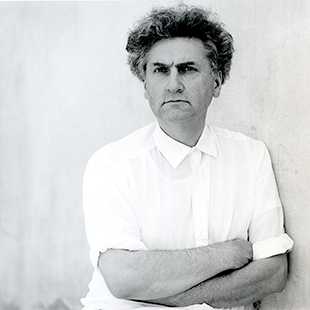Leon Krier

Léon Krier (1946-) is a famous Luxembourg architect, a leading exponent of a staunchly anti-modernist architectural movement often defined as “new classical architecture”. Krier’s reference models are found in traditional European architecture of the pre-industrial era, from which he takes buildings that he considers to be timeless “authentic objects” and therefore not susceptible to modifications: hence the revival of architectural typologies that are uncommon today such as towers and apartment blocks and the profound opposition to more modern constructions such as skyscrapers, which he considers to be the result of simple speculative aims. This pre-modern attitude of his found resonance in the thinking of the Prince of Wales Charles of England, with whom he struck up a solid friendship and for whom he was a long-time consultant for architectural issues. It was Charles's input that gave Krier the opportunity to create his most famous project, the village of Poundbury (1988-95), located in Dorchester on land owned by the prince, a peculiar example of an "ideal city" on a human scale built on a drawing board to reconnect with the English rural tradition. Krier's ties with England are long-standing: London was in fact the city where he took his first professional steps as a collaborator of James Stirling, after his student years in Germany following his older brother Rob Krier (also a celebrated architect of international fame). The United States, however, was the country where Krier's ideas in the field of urban planning took root most, leading him to be the inspirer of the New Urbanism movement which advocated a return to traditional cities in which the use of the car was not indispensable, where each neighborhood hosted different types of activities, in contrast with the prevailing theory of zoning. Most of Krier's projects were never built and remained at the design stage. In the field of product design, Krier has worked since 1991 exclusively for Giorgetti, a traditional cabinetmaker from Brianza fully in line with his ideals of recovering the beauty of the past.